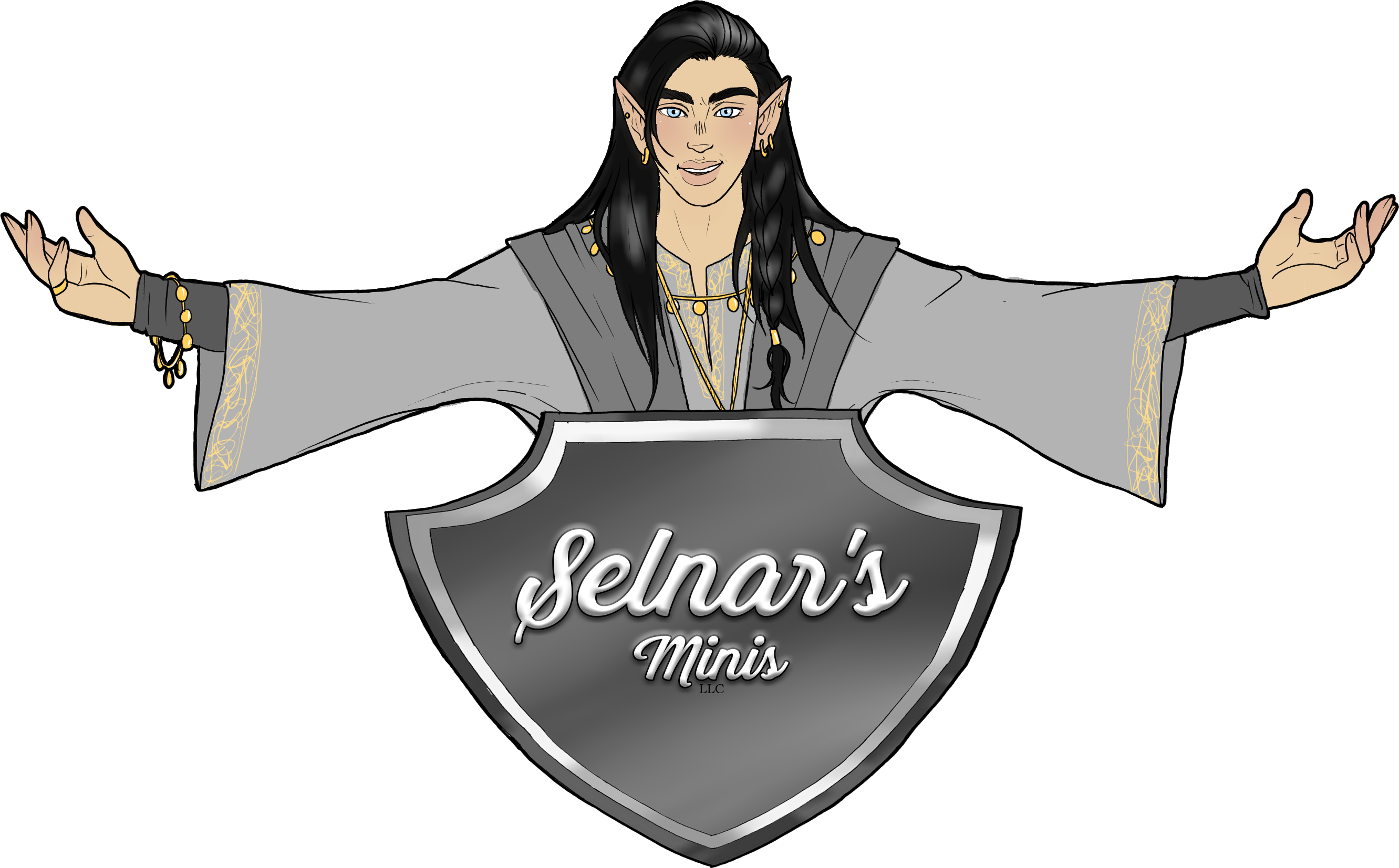Much of the inspiration for my painting comes from role playing games, art, and novels, especially from my formative years in the 1980s and 1990s. Last month I learned that Jim Holloway passed away on June 28th, 2020. I loved his art and looked for it on Dragon Magazine, as black and white interior illustrations for the said magazine and other gaming books.
He provided a lot of inspiration in my own artwork and gaming world. I loved the way he brought life to the characters in his art work and how they interacted. His artwork still does this for me – except now the medium is miniatures instead of pencil and paper. So how does this artist’s work inspire a miniature painter such as myself?

The above image reflects some of Jim Holloway’s earlier art pieces working for TSR. Compared to some of his later works, it seems simpler and less refined. To me, it represents the notion of practice, practice, practice. It inspires me to keep moving forward. Past works only showcase your skill at that time and future projects reflect the improved skills acquired with each finished model.

The second way I’m inspired by his art comes from the colors used by Jim Holloway. I understand that some of that direction comes from art directors but I feel as though he tried to move away from standard perceptions. The cover notes for this particular issue stated the adversaries were Orcs and Elves. Typical skin color of Orcs consisted of grayish greens not yellows represented in this image. On top of the skin color change he broke from the more typical shades of fur, leather and metallics typically associated with a goblinoid culture/race.
This breaking from the norm (even if some of it was only by a little) changed the impact and feel of this painting. When it comes to miniature painting, I feel there is a very heavy preference for standard looks. However, as with the above picture, changing the hue of the skin or standard colors associated with races provides interesting and eye opening results.

I am also inspired by how Jim composed his images. This particular piece struck me hard when I first laid eyes upon it. The sorrow and disappointment it exudes coming from not just the figures in it but the environment as well. The cooler blue colors not only indicate the cold but also the feeling of sadness. His ability to bring it all together made him an awesome artist.
How does this translate into miniature painting? Dioramas would be an easy translation from painting to a 3D art piece. The figures chosen, the environment, and what colors should be the prominent focal point to convey a feeling or thought. On a smaller scale – how the figure interacts with the base. If you have a character found in a desert land one should not have a forest or grassland inspired base. Thinking ahead is vital in most art mediums.

The next way his art inspires my miniature painting deals with light and motion. The above piece represents another favorite painting done for Dragon Magazine. The unconventional escape route of the elf and halfling showcases multiple light sources and motion, not to mention one very angry red dragon! For miniatures, there exists numerous ways to express both light and motion, but in more subtle ways. Object source lighting seems to be a popular choice among many hobbyists. It’s a solid choice but can easily look “cheesy” if over done. Minimizing shades/shadows to a small band of area is another good choice but sometimes difficult to pull off if not used in a diorama.
Motion is typically caught in the sculpt of the figure. However, there are some things you can do to try and enhance it. Using a stipple technique can provide a sense of motion, as can painting multiple thin lines in the same direction, providing the illusion of a cloth material and the direction of its motion.
Sometimes art itself strikes a cord in the painter. It might relate to the painting observed or in some recess of the artists mind a brilliant light exposes a wondrous idea. Though he may no longer be with us, Jim Holloway remains a source of inspiration to me.


Leave a Reply